Their impact is anything but small
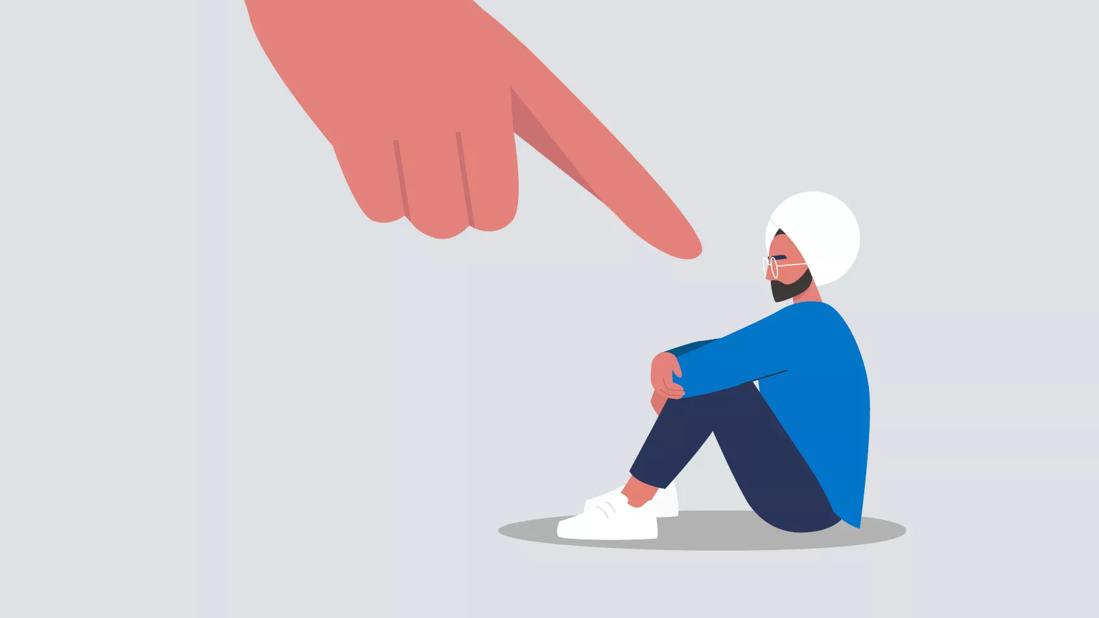
I don’t see color.
Advertisement
Cleveland Clinic is a non-profit academic medical center. Advertising on our site helps support our mission. We do not endorse non-Cleveland Clinic products or services. Policy
You speak English quite well.
You don’t act like other gay guys.
Can I touch your hair?
That’s so ghetto.
You should smile more.
Some of us have heard these statements more often than we’ve wanted. And while the people who dropped these verbal grenades may not see the harm in them, the impact of these statements can be felt for weeks, years or even decades.
These sentiments are known as “microaggressions.” While the prefix “micro” means small, these slights or insults can be quite devastating for the people who’re on the receiving end of them. Cleveland Clinic’s interim Executive Director of the Office of Diversity & Inclusion, Diana Gueits, breaks down the different forms of microaggressions and shares tips for how to respond to them.
“The standard definition for microaggression is a verbal or nonverbal slight that impacts an individual who might identify as being from a marginalized or nonmainstream community,” Gueits explains. She adds that a microaggression can even come in the form of an organizational process that was designed to keep specific groups from advancing.
Gueits adds that you’re not going to experience a microaggression and say, “Oh, that’s a microaggression.” Instead, you’ll feel as if an aspect of yourself, an aspect of your identity or even the intersectionality (how the effects of different kinds of discrimination combine or overlap) of your identity wasn’t valued or respected.
Advertisement
Microaggression was first used around 1970 by Harvard psychiatrist, Dr. Chester Pierce. Dr. Pierce used this term to describe the regular insults and dismissals he witnessed people who were non-Black using against people who were Black. He believed these experiences could have a major impact on a person’s psychological and physical health over time.
Derald Wing Sue, PhD, a professor of counseling psychology at Columbia University, along with a team of social scientists, would later examine microaggressions closer and classify them to validate what people of color were experiencing. Dr. Sue later expanded his research to also examine how microaggressions affect religious groups, gender identities, those who are living with disabilities and the LGBTQIA+ community.
Microaggressions can be intentional or unintentional. Regardless of intent, these words or actions are often rooted in implicit bias, which are attitudes and beliefs that exist outside of our conscious awareness and control. These beliefs are mostly assumptions about people based on stereotypes related to their ethnicity, age, gender or race. We might have been influenced by our families as we were growing up or formed these opinions based on what we’ve seen on the news or TV shows.
Microassaults are deliberate and intentional slights or insults that are meant to hurt the intended victim through name-calling, avoidant behavior and purposeful discriminatory actions. Intentional microassaults would be abusive language, clutching or moving a purse or bag when you’re around certain people or posting offensive signs or pictures intentionally.
“Microassaults are actually quite common, and sometimes the individual committing the microassault doesn’t really understand how serious that can be. For instance, jokes that mock or degrade a racial/ethnic group, someone who is disabled or gender identity is an example of a microassault. Normally, the person telling the joke will respond with ‘I was only joking.’ Nonetheless, their bias is manifested in this interaction and it perpetuates harmful stereotypes,” Gueits says.
Microinvalidation is when someone attempts to discredit or minimize the experiences of a person who is from an underrepresented group. For instance, if an Asian American coworker is sharing a time when they felt disrespected and you interrupt to say they weren’t discriminated against or start talking about your own experiences to contradict what was shared, that’s microinvalidation.
Advertisement
“Microinvalidation seems to be the most prominent microaggression experienced on a day-to-day basis. Lots of people will have the experience where they feel like no one is listening to them or they seem invisible in a room. Many of us can probably think of a time when this happened whether it was at school or work,” Gueits notes.
These are rude, insensitive comments that subtly disrespect a person’s racial heritage or identity. This could be assuming that someone isn’t smart based on their appearance or implying that certain groups/people don’t have morals. They might even be used to suggest that someone doesn’t belong. This includes assuming that someone won’t understand a new process at work because English is not their first language or saying that someone isn’t from a marginalized group because they don’t act stereotypically.
Microaggressions don’t have to be verbal to be offensive. As mentioned, they can be actions or even conveyed through body language.
Here are a few examples of nonverbal microaggressions:
Advertisement
Microaggressions have been referred to as “death by a thousand little cuts” because the constant slights can be devastating to our mental health. They’ve also been compared to mosquito bites.
“There’s a really interesting video which discusses how the impact of microaggressions is similar to how mosquito bites can affect us. Mosquito bites are small. But if you start to experience a lot of them at once, they become annoying or even disabling,” says Gueits. Experts have even said that microaggressions can lead to high blood pressure, depression, sleeping problems, substance use disorders, eating disorders and post-traumatic stress disorder.
When microaggressions pop up on the job, Gueits says that she often encourages people to assume positive intent in these situations. It might seem weird to be the bigger person when you feel disrespected, but she says that a lot of the time, microaggressions are unintentional.
“Very rarely do individuals have the intention of discriminating against or causing harm to someone. However, that doesn’t mean that using microaggressions on purpose doesn’t occur. I lean towards assuming positive intent and then approaching the conversation or situation with curiosity to try to understand why someone said what they did or acted in a manner which made someone else feel invalidated,” says Gueits.
Advertisement
When you ask someone about a microaggression, try starting the conversation with “I am really curious and want to better understand why you said what you said/did what you did,” or “I am not sure if you’re aware, but this is how I’m receiving what was said/done. Was that your intention?”
“In my experience, people who have delivered microaggressions have often expressed that they didn’t intend to be offensive. So from there, you can start having conversations around intent versus impact. What that means is while it may have not been their intention to be hurtful, that doesn’t change the impact of the microaggression,” Gueits says.
If you’ve had a conversation, nothing has changed and a coworker keeps being offensive, Gueits suggests talking to your manager. At that point, you’re dealing with a microassault. Your manager, HR or even an Office of Diversity (if your company has one) should be able to mediate the situation and determine if the action was discriminatory.
Gueits says that if you witness a manager saying something invalidating or you’ve noticed that they only offer major opportunities to certain people, ask them about it.
“When it comes to talking to leaders about things that are not positive, people can be apprehensive. To me, a leader who is rooted in increasing their inclusion capacity, building team cohesiveness and wanting to see their team succeed would appreciate the honesty of that conversation.”
OK. You talk to your manager. Nothing seems to change. What now?
Gueits says if she were in this position, she would try talking to the manager one more time before going to HR or even turning in that two weeks’ notice.
“I would have another conversation with my manager before leaving the organization or talking to HR unless their action was discriminatory,” Gueits advises. “We all have an ethical responsibility to report incidents that involve discrimination when we experience them. But if we’re going to be good stewards of the evolution of ourselves and others, part of that might involve coaching someone who needs it.”
Since microinvalidations occur so frequently at work, one way to shut them down is by acknowledging the contributions of those who are being dismissed or ignored. To provide affirmation, Gueits says you can simply give credit to show that you hear and value your coworkers.
“You might have witnessed someone making a recommendation in a meeting, but it was only acknowledged once someone else repeated that same idea. The person who is heard often receives praise,” she explains. “In witnessing these situations, one way to show allyship is by microaffirming. This means giving the person who originally made the recommendation credit for their contribution. You can do that by saying something like, ‘That’s exactly what I heard (the original contributor) say a few minutes earlier. I appreciate you echoing that statement.’”
If microaggressions pop up at work frequently, they’re bound to pop up in your personal life, too. And when they do, Gueits recommends the same approach to addressing them — assume positive intent and approach them from a place of curiosity. Coming from a place of anger will only cause the other person to deflect and shut down.
“We’re not always going to see eye-to-eye with everyone. But I have found that when I have a conversation with someone, they are completely unaware of how they were coming across. Or, they don’t realize the language they’re using is outdated and rooted in perpetuating stereotypes that don’t help promote inclusivity. So, it’s best to have a conversation to counter their way of thinking,” Gueits recommends.
The events of the last few years might have led to tough conversations with friends and family — and revealed some difficult truths. If you thought the people around you were more accepting but learned otherwise, that’s not easy to process. But if you find that a friend or a family member has no problem dishing out microaggressions regularly, Gueits says it’s best to remove yourself from the equation.
“If they don’t have the same sort of values that you have and believe in, you have to decide if you want them in your life. I know that when I’m around people who are inclusive and have a global mindset, I thrive and I’m happier. I want people to challenge me. I want people in my life who have different sorts of experiences and skillsets that challenge my thinking in good ways. Not in ways that I believe are detrimental to what I aspire to be.”
Learn more about our editorial process.
Advertisement
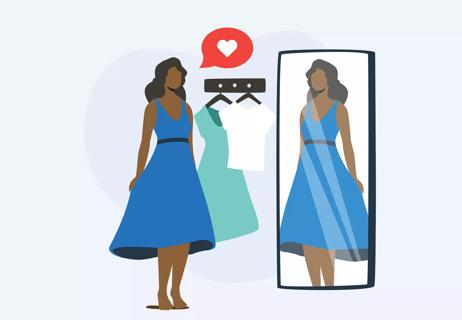
Self-talk can help reduce stress, increase focus and boost self-esteem

Learn why you should examine the negatives instead of how much time or money you’ve invested

Like being your own best friend in times of trouble, self-love is an act of self-preservation
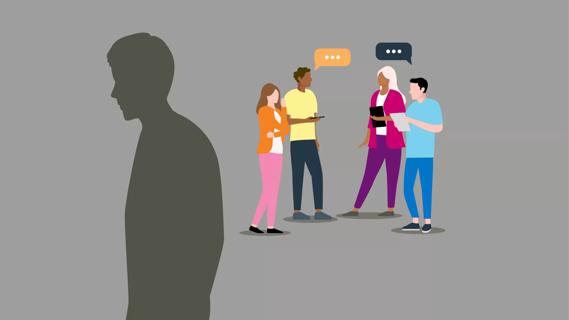
Like a boring ol’ grey rock, the goal is to be unresponsive and uninteresting to dissuade a harmful situation
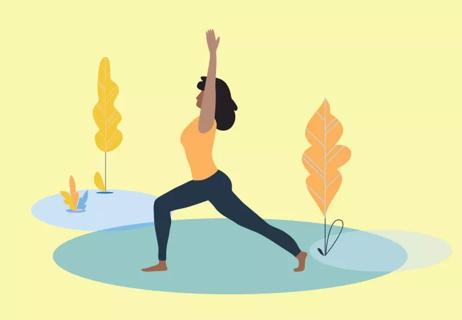
It may feel impossible, but planning, motivation and goal-setting can make leaving old habits behind doable
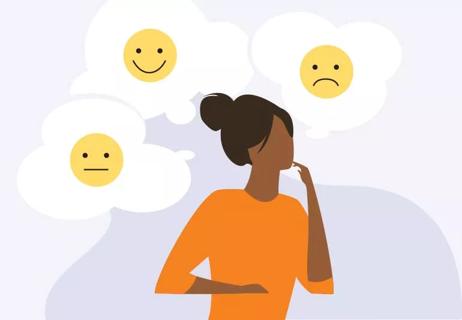
When your predictions bring about their own reality because of specific actions you take

The short answer from a clinical psychologist

Most recommended precautions center around minimizing bruising or swelling

Type 2 diabetes isn’t inevitable with these dietary changes

Applying a hot or cold compress can help with pain